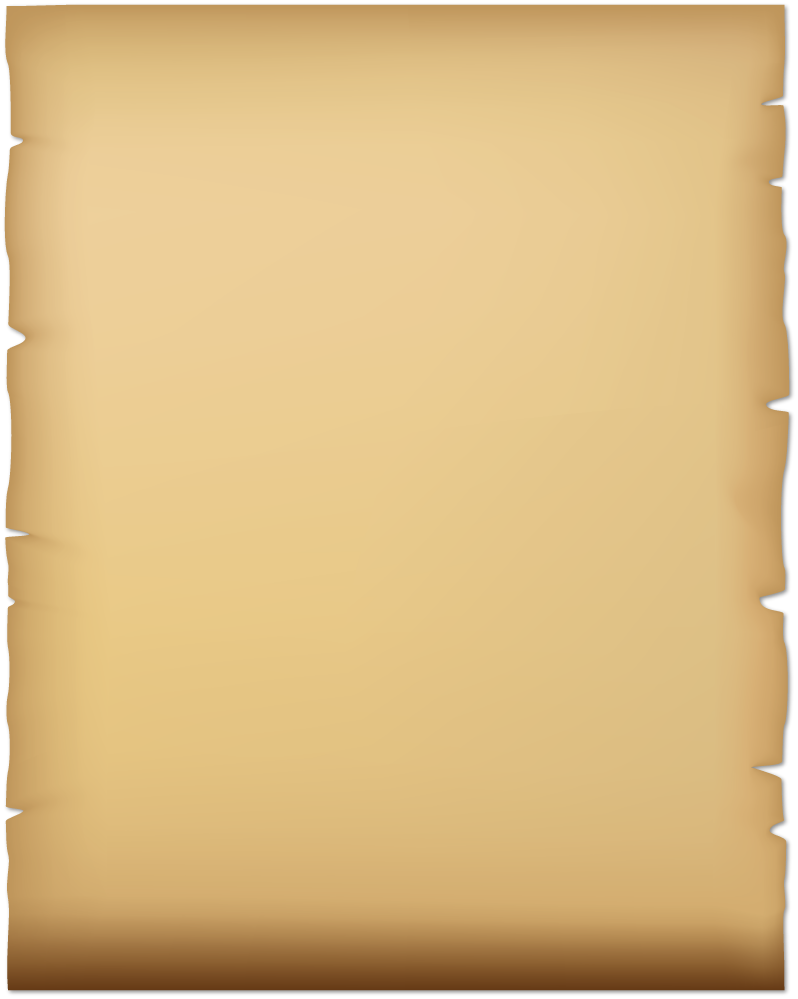
Answers
A.
(i) 2,000,000
(ii) Yes = 1 Mark and Evidence = 1 Mark
The hovels of the poor people / of the most miserable description /
The elderly miserably clothed / the children all but naked, etc
A.
(i) 2,000,000
(ii) Yes = 1 Mark and Evidence = 1 Mark
The hovels of the poor people / of the most miserable description /
The elderly miserably clothed / the children all but naked, etc
B.
(i) Rise in population:
Dublin / Belfast / Cork. (1)
Fall in population:
If part of a county shows a fall greater than 30% than all of the county is valid.
Galway / Mayo / Sligo / Roscommon / Leitrim / Clare / Cork / Limerick, etc
Also valid: West of Ireland / Connacht / Munster. (1)
Cork experienced both a rise and a fall greater than 30%’ = 2 marks
(ii) Public works / Soup kitchens were set up / Cheap or free “Indian meal” was distributed / They were encouraged to enter the workhouse / Landlords and Boards of Guardians helped some people to emigrate / Charitable organizations provided food and clothing.(4)
C.
(a) Housing and diet.
- As a general rule, factory workers lived near where they worked. Their houses were usually very bad especially if they lived in the fast growing factory towns.
- The areas where many workers lived were referred to as slums. Some families lived in one room. Some even lived in cellars.
- There was very poor sanitation. As many as a hundred houses shared one toilet- a pit dug in the ground.
- Disease spread rapidly which especially affected the young.
- Some factory owners such as Robert Owen built good houses for their workers but this was quite rare. Many were poorly constructed to save money.
- Factory workers had a limited diet. The most common food they eat was bread, potatoes and porridge. Tea was drunk with meals.
- Meat was rarely eaten. Mutton and bacon might be served in the factory canteen

